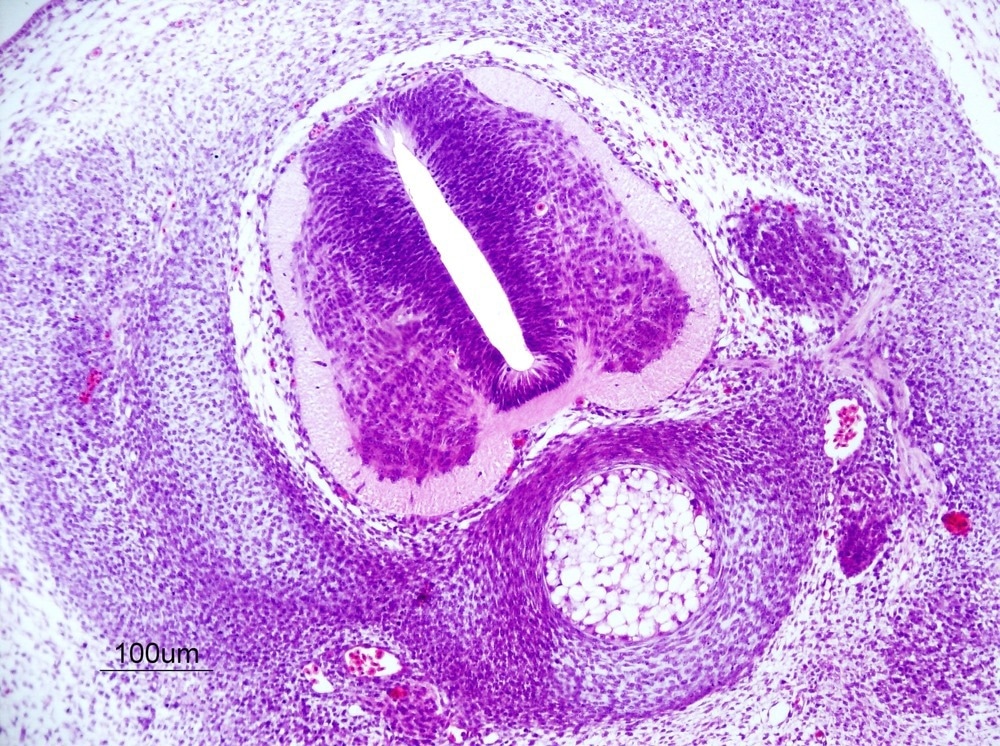RIKEN biologists, in an astounding discovery with significant inferences for developmental biology and regenerative medicine, have found how mechanical forces direct the eye formation in chick embryos.

Image Credit: PPPerawat/Shutterstock.com
The development of a healthy embryo is channeled via the complex interaction of varied genetic, physical, and chemical “instructions.” In vertebrate embryos, the visual system emerges from a structure called the optic vesicle. This originates at one end of the neural tube, which is the complete nervous system’s progenitor.
The optic vesicle spreads in both directions laterally during normal growth, and two eyes eventually form at those projections’ ends. The left and right optic vesicles will not elongate when this process goes awry. Rather, their tips merge in the center of the face, which forms a single eye.
Five scientists from the RIKEN Center for Biosystems Dynamics Research aimed to discover how faults in a gene known as sonic hedgehog (SHH) add up to the “cyclopia” birth defect.
Yoshihiro Morishita, the Team Leader, highlights that hundreds of papers have delineated the role of SHH in controlling the proliferation and differentiation of cells in the development of an extensive range of organs, along with the eyes. However, it is not clear accurately how SHH aids in guiding dynamic tissue deformation to create organ-specific morphologies.
To study this, the researchers compared the pattern of collective cell motion and its support to tissue dynamics in the development of eyes in healthy chick embryos with that in SHH inhibitor-treated embryos.
To their astonishment, they found that signaling of SHH controls response to and sensing of physical force, managing the direction of cell motion and rearrangement in the given stress setting inside the forebrain tissue.
The direction of stress differs depending on the location within the tissue, which in turn changes the direction and degree of elongation and shrinkage, resulting in the creation of the desired shape.
Yoshihiro Morishita, Team Leader, RIKEN
Upon the disruption of this response and sensing capacity by the SHH inhibitor, the optic vesicle cells will not know where to go anymore and fail to go through the lateral branching needed for producing a pair of functional eyes.
For many reasons, this discovery is exciting. Given the significant role played by SHH in many organs’ development, mechanical response and sensing may be a much more vital driver of tissue formation and organization than previously known. By extension, “randomized cellular behaviors due to loss of mechanosensation might be a common cause of different congenital malformations,” Morishita says.
A further understanding of this mechanism can also be advantageous for scientists attempting to recapitulate the formation of organs in the laboratory as an instrument for the development of transplantable tissues or disease research.
Journal Reference
Ohtsuka, D. et al. (2022) Cell disorientation by loss of SHH-dependent mechanosensation causes cyclopia. Science Advances. doi.org/10.1126/sciadv.abn2330.
Source: https://www.riken.jp/en/